M42 Head Gasket Blown, Project Thread
Collapse
X
-
People seem to like KDara because it's plug in to the factory harness and comes with a startup map. I think VEMs has one as well. -
Making a tune from scratch on MS41 is not a curse I'd wish on anyone.
It works well for the engine it was calibrated for +/- whatever changes are made, but between how much of the ECU is not yet defined, the lack of live editing, and the ~12Hz maximum logging rate, I think an aftermarket ECU of any kind is well worth it for something non-M5x.
The link is a good choice with the pnp(ish) connector/functionality/price/popularity.Leave a comment:
-
Thanks for the update! Great to hear that it's running well and you are able to enjoy it!Leave a comment:
-
I had looked into converting to M1.7.3 since that would get me knock sensing and some improved idle control, but it started looking like more work than going stand-alone with less tunability and expandability. M5.2 would have been really cool (M44 ECU) but there is exactly ZERO tuning for it anywhere. Nobody ever bothered to or figured out how to tune it. I checked on MS41 and it is pretty impressive how much people have done with it. It does not look like it was modded to allow 4 cylinder operation. Anyway, to add all of the "modern" features I want, I will basically be building/rebuilding another entire harness, so at that point I figure I might as well start looking at the aftermarket. The main downside I see is that a lot of people never seem to get the idle to be as good as stock, but that seems like it must be a tuning issue more than an inherent problem.
So far, I am 90% sold on the Link E36X. They confirmed that it should work fine for the M42, as long as I move wires around as-needed in the 88-pin Motronic connector so that it matches M3.3.1 (which it was designed to replace).Leave a comment:
-
Great to hear it's running well.
Have you thought about a newer BMW ECU? They seem to have MS41 figured out. Not sure how difficult it would be to code for 4 vs. 6 cylinder.Leave a comment:
-
It has been a couple thousand miles now, and I wanted to pop back in here with an update. Well, less an update than just a note. I am absolutely loving this engine and the car is more fun than ever. Whatever was wrong with the engine as it was originally built may never be known, but it is in a lot of ways a totally different beast now. It revs smoother, makes more power, makes less "hissing" noise, gets 20-30% better fuel economy, does not leak or consume oil and just generally feels more composed. Granted, I now have a really good tune for it from Sssquid, and a considerably lighter (and dynamically balanced) flywheel, but even still the engine itself is better than it was. All said, this is the sort of engine I feel like MM is probably known for building, and while it was frustrating as hell to never really feel satisfied with the original one, I am satisfied now. MM stood behind their product and reputation all along, and I would do business with them again.
I will probably never know what was wrong with the original engine that they built for me in 2012, and my only guesses are:
1) I did a lousy job of reinstalling the head after they replaced all of the valve springs (the springs they originally used were defective) and there was a pinhole leak or leaks the whole time. It seems exceedingly unlikely that a compromised HG survived 7 years of my hard driving.
2) A valve was slightly bent and not replaced when I sent the head back after the 2nd spring failed. Again, it seems sort of unlikely since they had the head totally apart to swap in the known-reliable dual spring setup (the original build used single springs).
3) MM did not correctly mark which valves came from which port, reinstalled some into the wrong locations & didn't re-lap them to the seats. This is my leading guess and I think that it would explain why so many of the issues I had seemed like they could be explained by compression loss / combustion chamber leakage.
Jim said that they did not find anything conclusive in the engine when I sent it back late last year after the HG completely failed. The cylinder bores were 0.001" out of round, which was not great, but is also not enough to completely explain the poor running. The current engine is built with a fresh block, with the bores matched to the old pistons (with new rings)...I sent the old engine back right around Thanksgiving last year, and they determined that it would be quicker to match-bore a fresh block than to try to get new pistons since supply logistics were a mess at the time. Completely machining the fresh block likely cost them more than a new set of pistons, but I appreciated the effort to turn things around fast. Anyway, if the old engine's problem was in fact #3 (poor valve sealing), they might have yanked the head apart before checking the sealing, or if it was messed up maybe they didn't want to say anything since that's sort of a head-slapper mistake. Either way, they put on their latest multi angle grind & new seats to match, so it is not an issue now (if it ever was).
Last time I spoke with MM to let them know I was pleased with the engine, they mentioned that they were developing a complete ITB kit for the M42. I think that I will give them a ring in the next week or two to see how that is coming along. Dyno data I have seen from M42's with dBilas and RHD ITB kits seem to show gains across the entire RPM range, and I would certainly be happy to get a bit more area under the curve. RHD's kit is well designed, priced well and available now, so it is one consideration. I'll see how things turn out with MM's kit. I am still very eager to get out to Missouri in the spring (fingers crossed that the COVID nonsense dies down by then) to visit Sssquid and MM. If travel is an option by then, I sort of want to get the car trucked out there for some live dyno tuning, and if the ITB kit is ready by then I can install it at MM, get the throttles synchronized and have some fun with them. Anyway, if I could hit 100HP/L I would be pretty stoked, even if that is a totally arbitrary goal.
The other item I am still thinking over is which stand-alone ECU system to go with. The "easiest" options are the PnP MS3Pro for M5x engines, and the Link E36X ECU, since both use the 88 pin connector and I would just need to move some terminals around. The other system I like is AEM Infinity 358 (can drive "dumb" coils directly) and the 508 (can't drive dumb coils, but has built-in WBO2 control and logging), with the major downside being the top-entry harness connection which would be tough to fit into the glove box and still clear the plastic cover. Motec and other motorsport ECUs all seem like they are likely to be entirely overkill for my application. I'm open to suggestions though.Last edited by bmwman91; 11-17-2020, 10:27 PM.Leave a comment:
-
Ha, yeah I need to just go get on it already. There are a few shops in the area with dynos.
I went and put some gas in it this evening, and then proceeded to "enjoy" it around town for the following 30 minutes. Between it being a Sunday night, and COVID, there is a lot less traffic than there used to be, so it was good times. I am beginning to remember why I put so much work into this thing. The low vehicle mass, even weight distribution and all-mechanical controls really make it a pleasure to drive. While the various newer sports cars I have driven in recent years are all faster and grippier, they still lack something I can't quite put my finger on compared to the E30. With that said, I am also a big fan of having a separate DD that gets good fuel economy and has air conditioning lol.Leave a comment:
-
-
Leave a comment:
-
The things welded onto the intake manifold are Metric Mechanic's "pulse chamber" modification. They claim improvements to mid-range torque via resonance tuning, but I have no idea what actual effect they have.Leave a comment:
-
An excellent end to the rebuild, at least for now, and great to see the inside of the ICV too!Leave a comment:
-
Congrats,. Great work and documentation. I probably missed the info elsewhere, but what are the modifications to the upper intake manifold?Leave a comment:
-
OK, as promised it is time for the photo dump of app the stuff I have done since the last set of photos.
The rear shift carrier mount was in bad shape, and sort of expensive to replace, so I opted for the beefier Turner Motorsport upgrade. It was only marginally more expensive, and it would eliminate the last of the stuff in the linkage that was making extra slop. It does not fit exactly like the original one (the angle is a little different), but it is good enough to work properly. It was listed as being E30 compatible, so who knows.
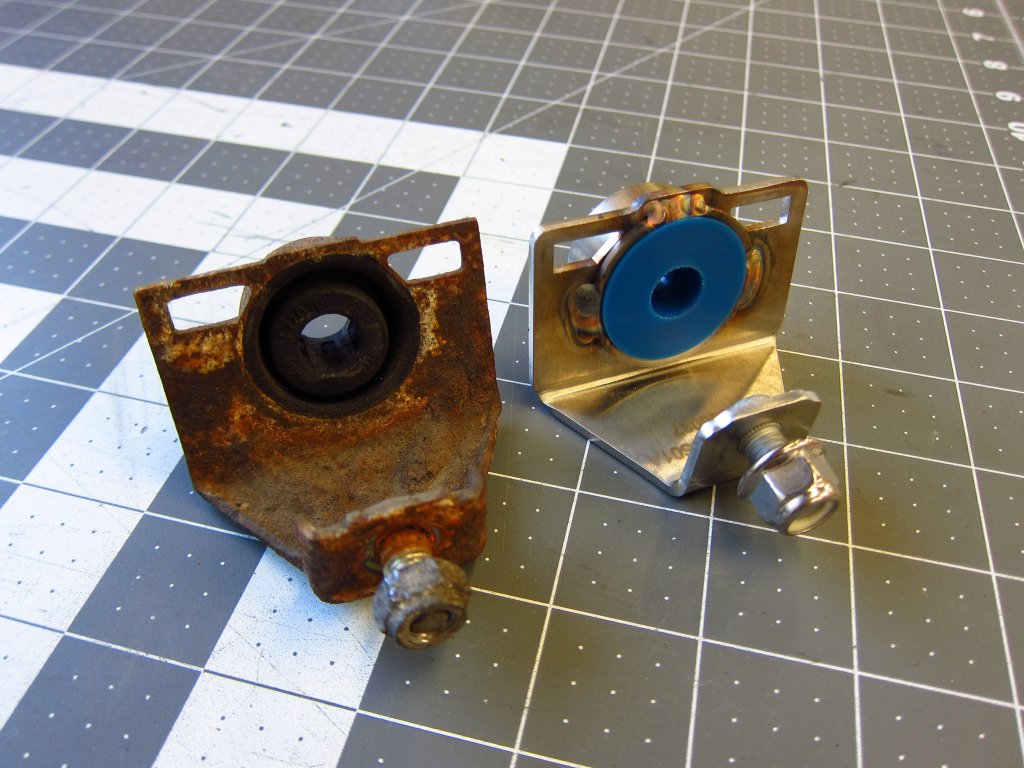

I did make one small modification to the carrier. Rather than jam the mushroomed end through the new poly bushing (teehee), I just channeled my inner rabbi and filed it down. In normal operation the mushroom serves no function and just makes removal of the carrier more of a pain.
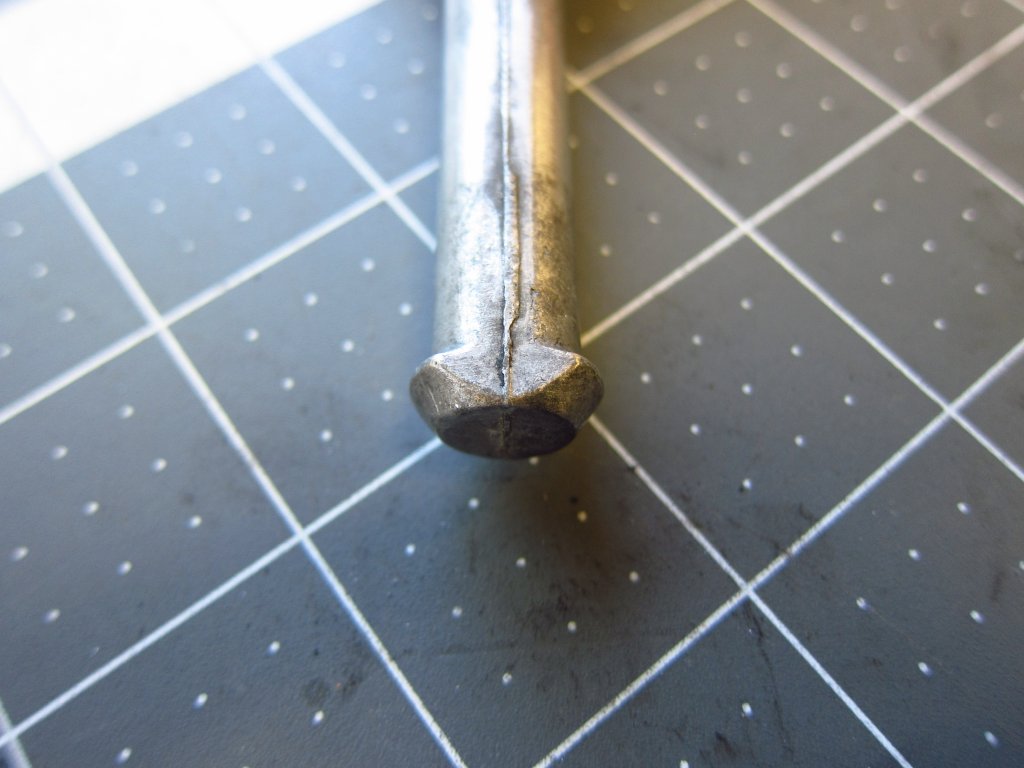
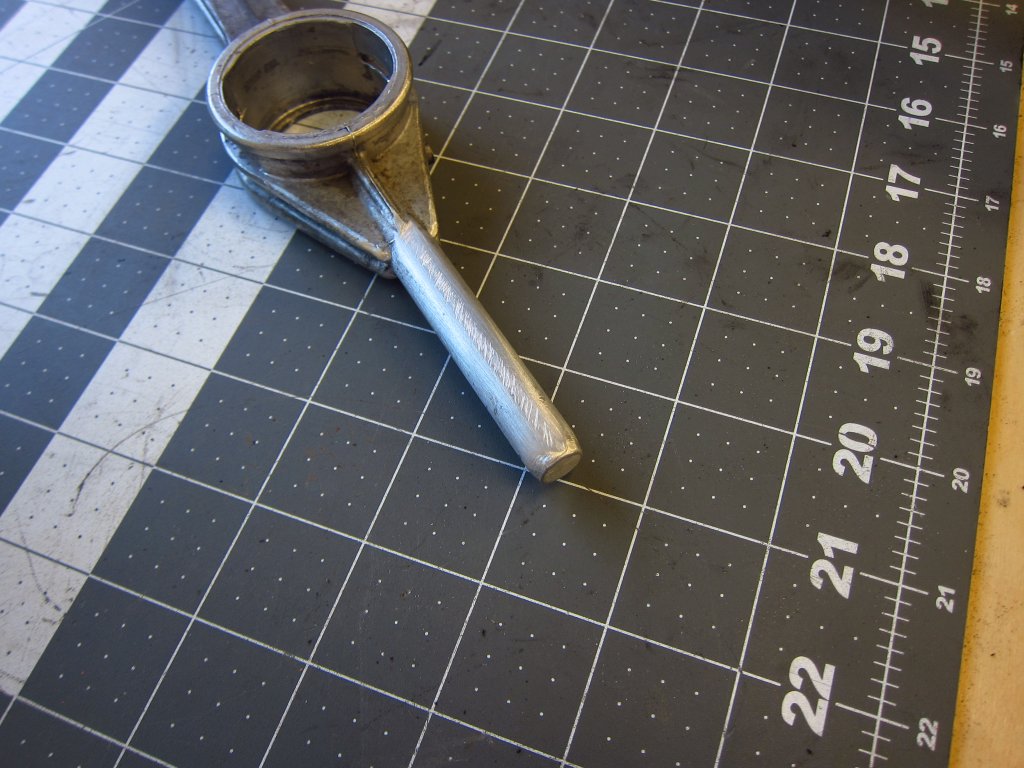
Here it is installed on the car.
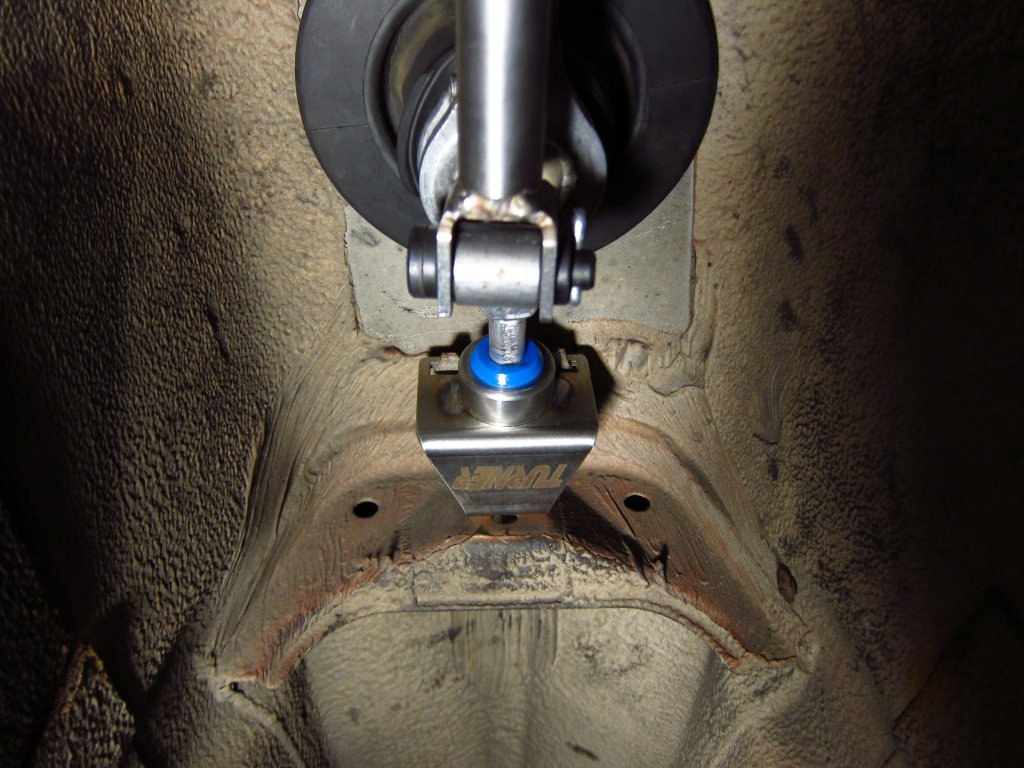
Here is the nice new 7.4lb RHD flywheel installed on the engine.
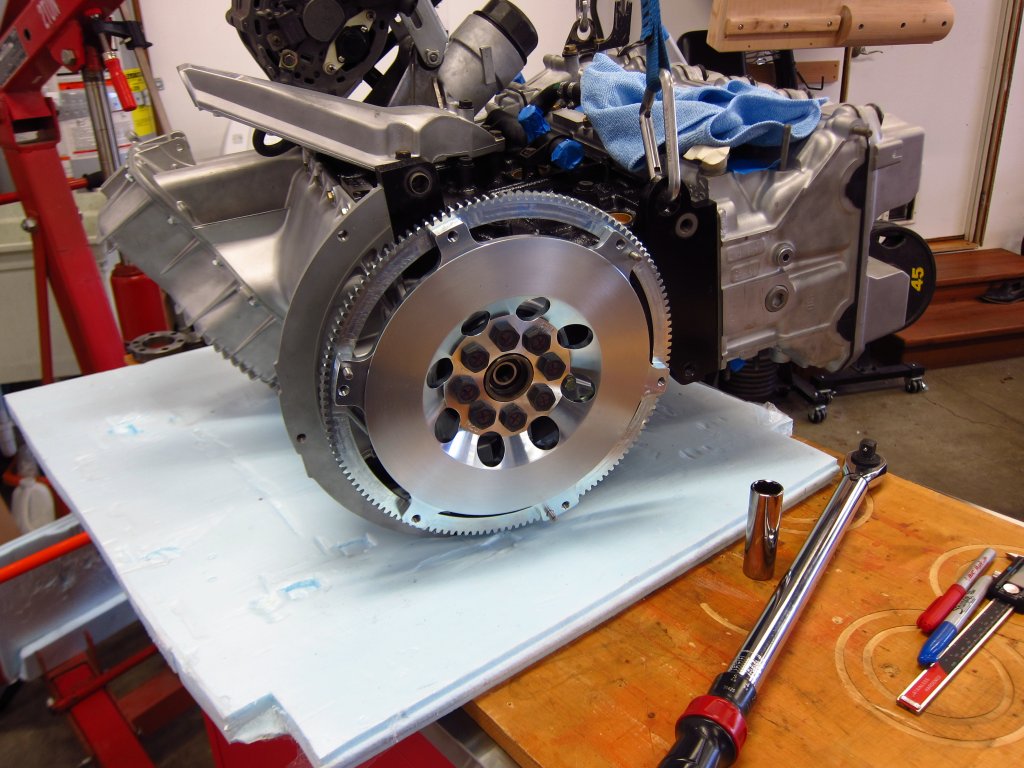
I also bought the proper crank locking tool, which is a hell of a lot easier to use than the big ½” cold rolled plate I drilled holes in 15 years ago. It was $85 at Pelican Parts. The weight of the engine was more than enough to keep things from moving around as I torqued the FW bolts to 120 ft-lbs.
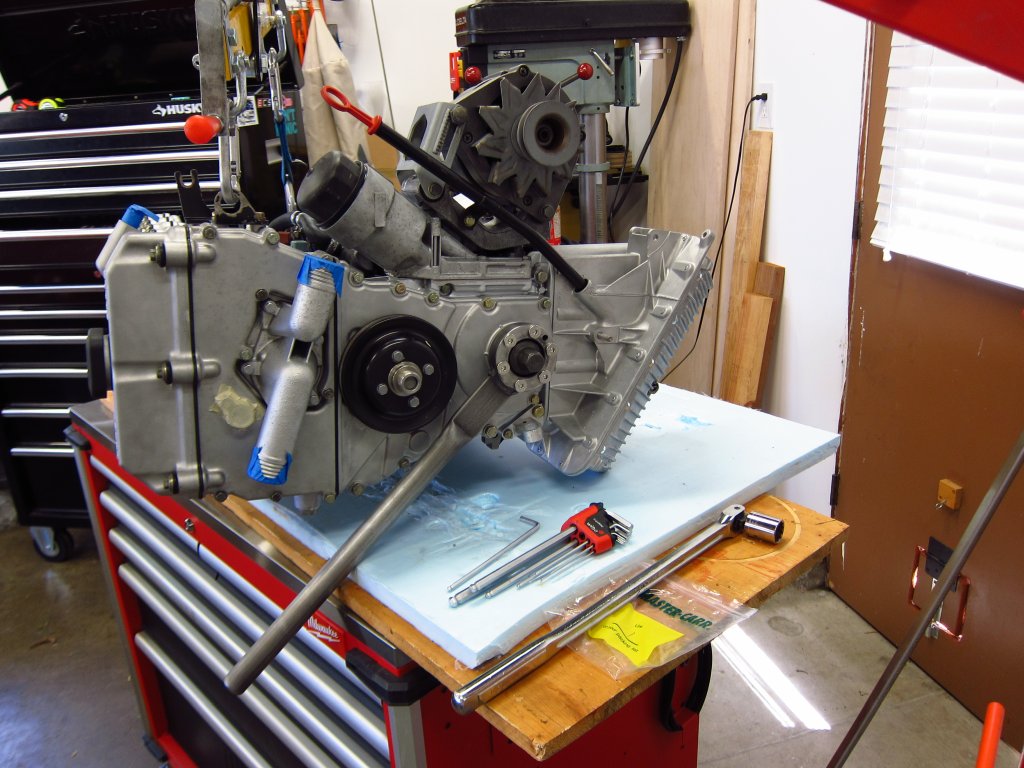
Next up were the clutch disc and pressure plate. The FW and PP were dynamically balanced together and came ended up with <0.9 grams of total imbalance in the end. Cardelli Motorsports in San Mateo, CA did the balancing for me for $100 cash.
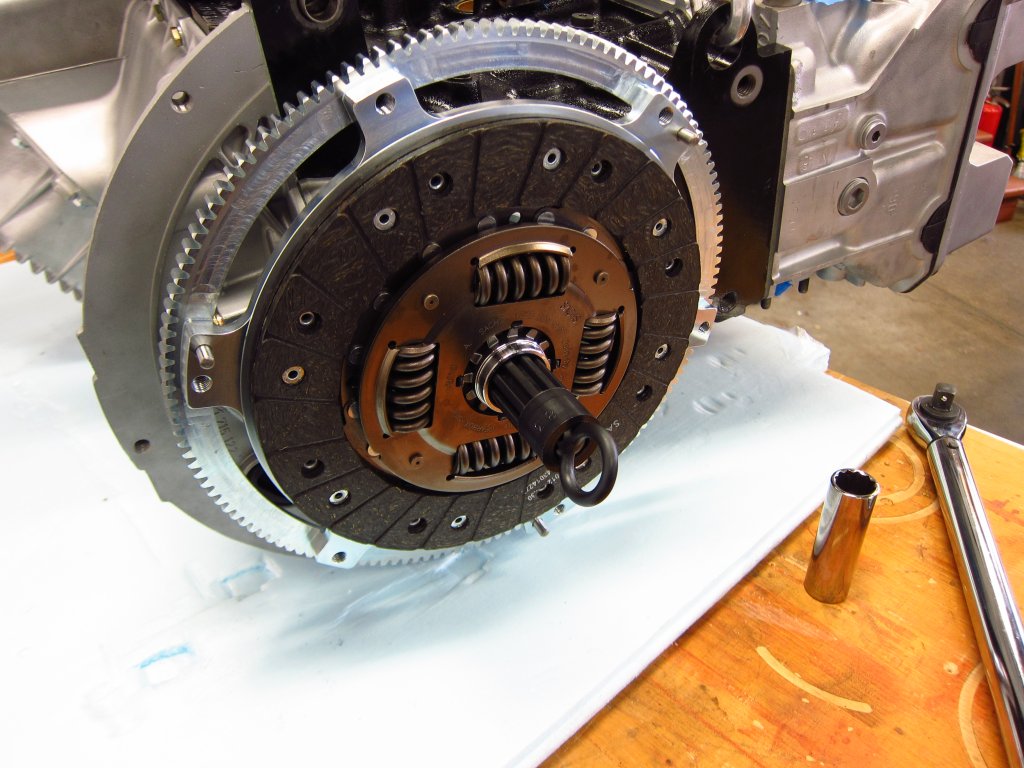
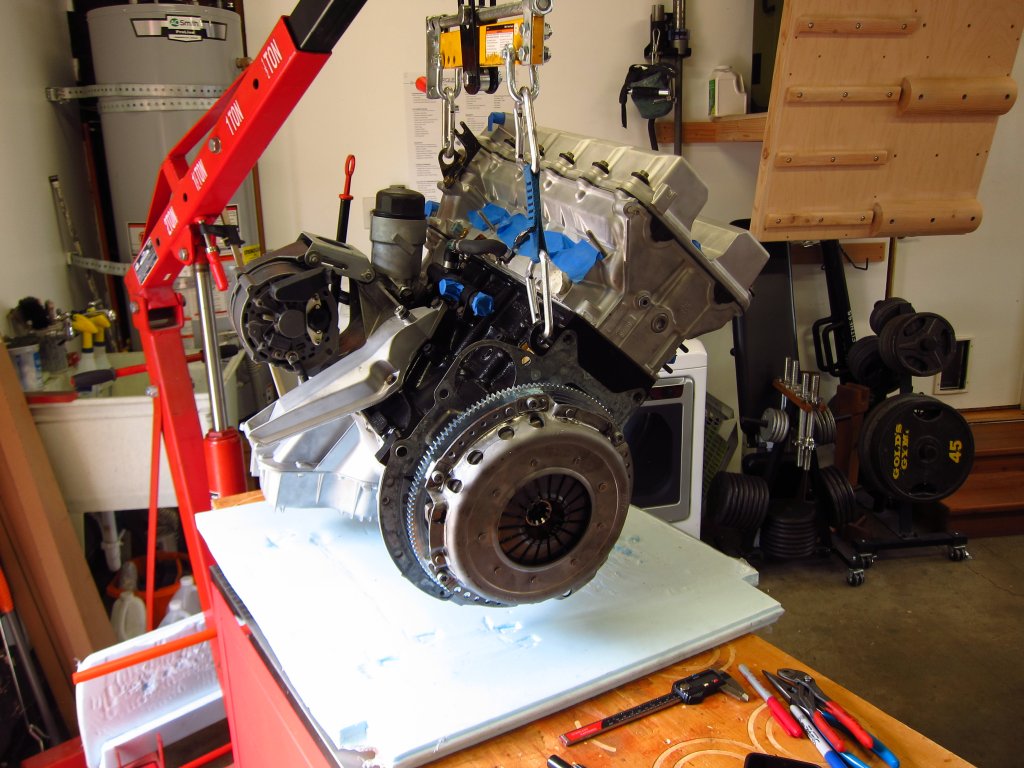
Next the transmission was bolted on. That was a super easy task with the engine up on the mobile workbench, and I got it to slide right into place. One hand to support it (so as to not load the pilot bearing excessively), one to start one of the big top bolts. And no, I did not bother cleaning the transmission. I had thought about it, but at that point I needed to get the project moving and out of the garage.
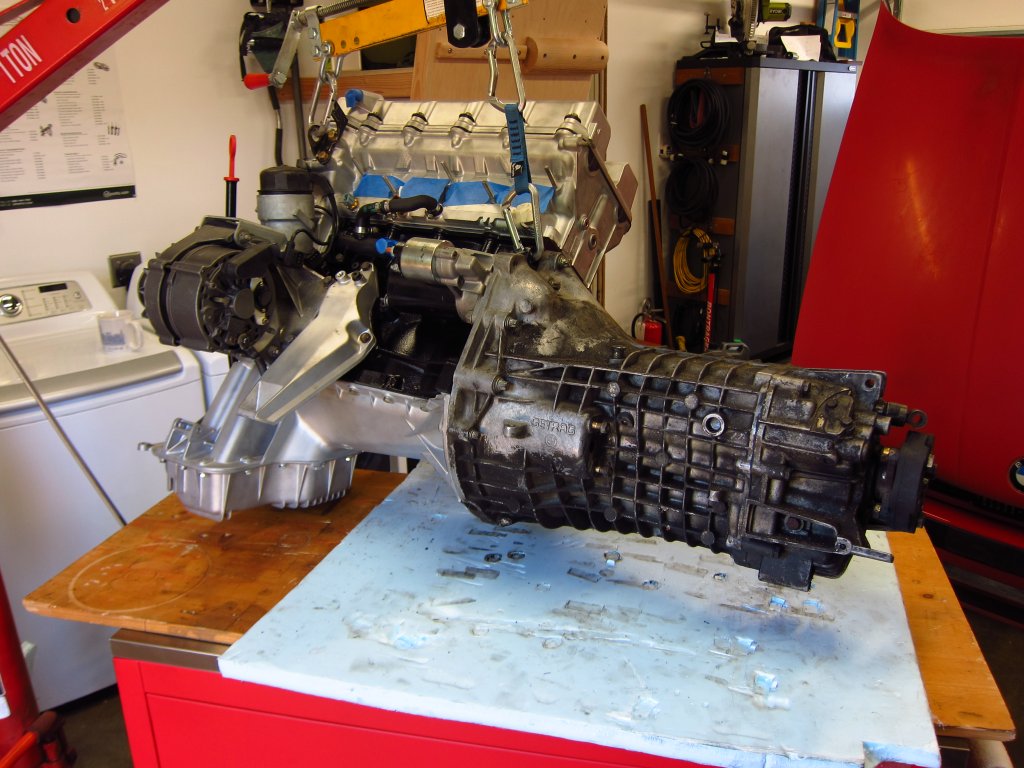
And there it was, mostly ready to go back into the car. It had a nice new ground strap as well. I replaced all of the ground straps (engine, alternator, hood) with new ones from Bavarian Restoration.

There were a few odds and ends to take care of before dropping the engine back in. Among them was purging the fuel lines that had sat for 7 months. This was pretty easy to do by looping the old feed hose onto the return hardline and hooking the battery up to the pump. If you hook the battery negative to the chassis and the positive terminal to C101 pin 13 (fuse box side) it will run the pump and have fuse 11 there for protection. I ran it for a few minutes and that was that. All flexible fuel lines up front were replaced with new ones.

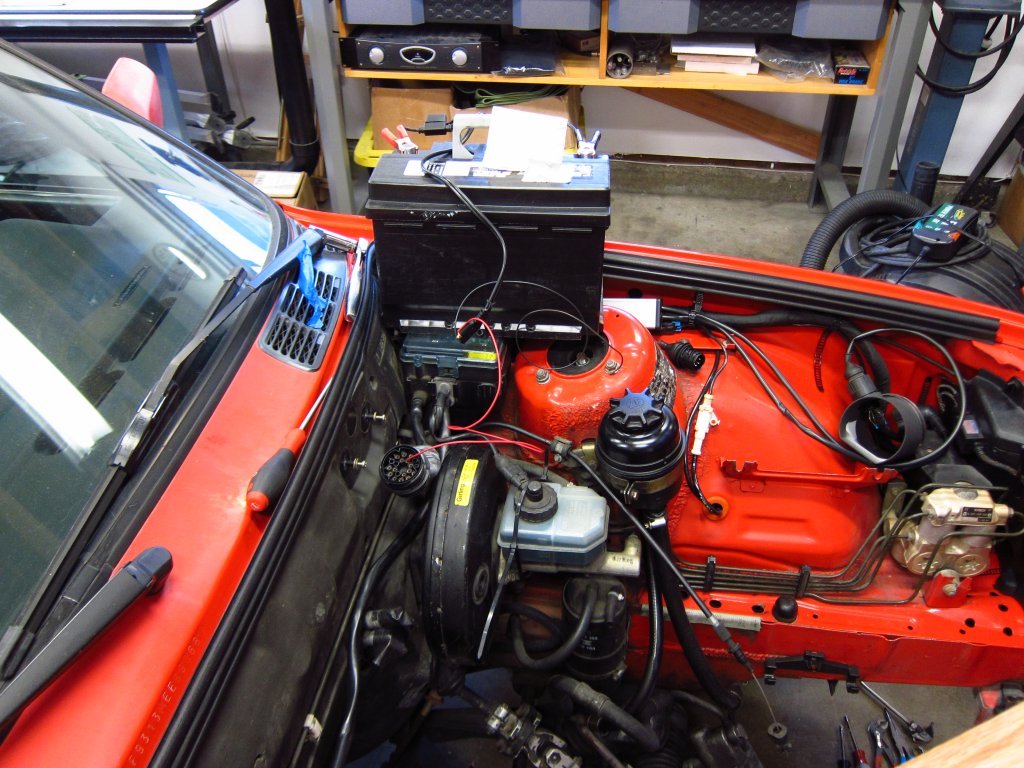
Oh, and at some point I decided to cut my old flex disc in half to see how it is constructed. They are directional and need to be installed properly to put the proper parts into compression when applying engine power, leaving the other less stiff parts free for taking up vibration when engine braking. These things have some beefy fiber bundles inside (maybe aramid or glass, I did not check too closely).
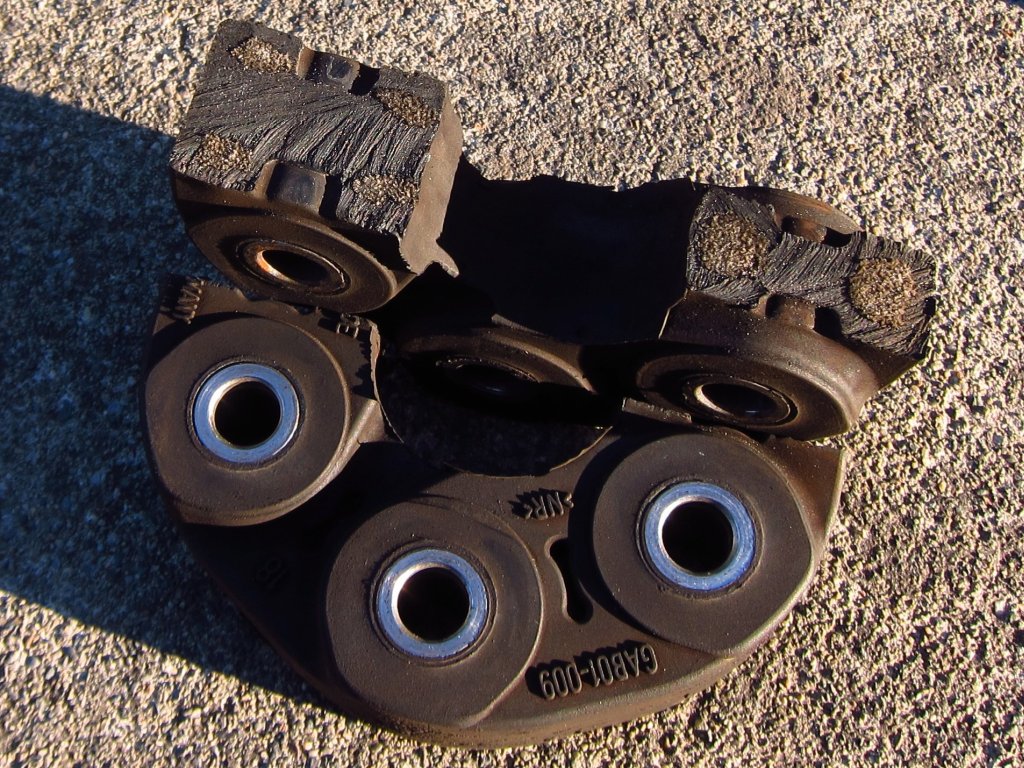
Anyway, here it is plopped into the car. The main items to reinstall first are the engine mount arms and mounts and the exhaust header. That saves you from a bunch of reaching around under there, and getting the header in/out with the engine in place is a hassle. A few of the other accessories were also installed. Leaving the intake manifolds off, and having the entire firewall wiring tray out, made it super easy to get in. I almost did not even bump the engine or transmission into the car at all while tilting and lowering it in. In the past the main trouble spot has been up at the firewall where the intake manifold would hang up on the wiring tray (or the main wire loom).

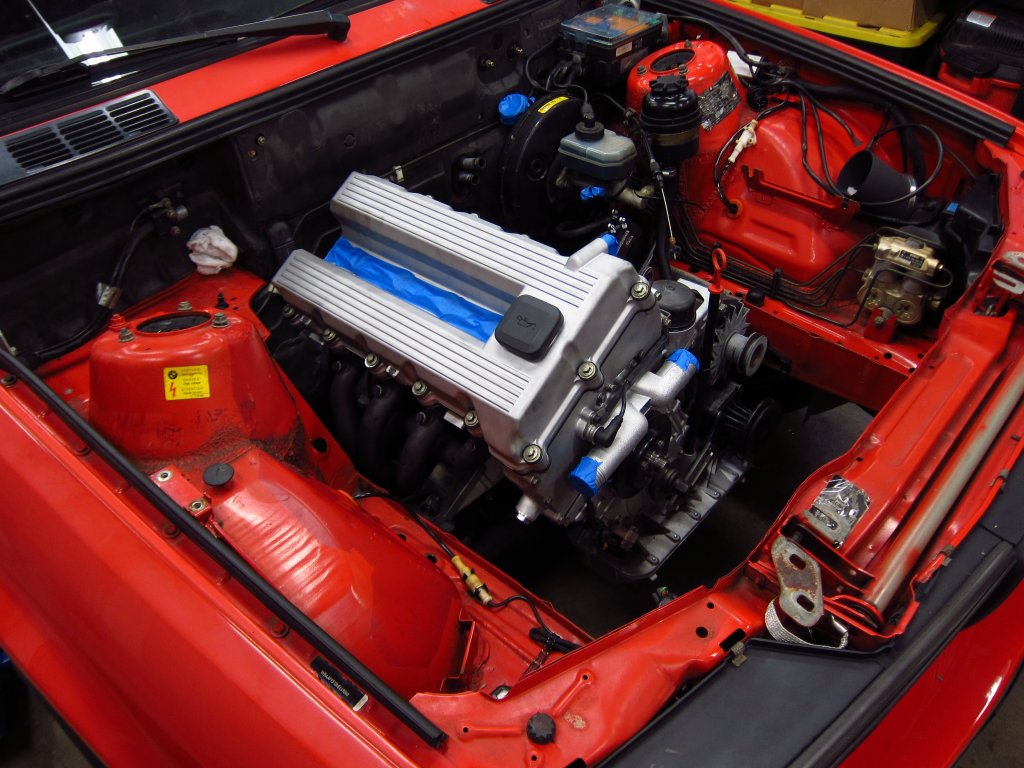
After bolting on some more stuff, I turned my attention to the engine wire harness that I had completely rebuilt. The final remaining task was to trim the ignition coil leads to their final length. I took measurements of the wires, where things were stripped, etc., on the original connectors and duplicated that with the trimmed ones. All of the sheathing is new since I changed up how the bundles route from the main loom on the firewall, and getting it all neatly in place was a bit of a chore. The main 0.56” ID sheath that the 12 wires for the 4 coils ran through split into four 0.25” sheaths, and to get clearance on the ends for the heat shrink tubing and stuff I needed to slide it all up into the main one. Windex for the win, it does wonders for enabling things to slide around while also drying quickly. Anyway, I am getting way too excited about wiring lol.
I started by figuring out how exactly I wanted to route the main bundle to give it a proper service loop for strain relief, and then I played with a few different configurations for the individual leads. The one I settled on worked out so that none of the smaller looms would rub on the metal plug retainers, none of the plug ends would be subject to any movement from the chassis loom and everything could be conveniently zip tied into place and serviced in the future. This is a COP plate kit from HQ Autosport, but I made some changes to the fasteners and added some washers as spacers for ergonomic reasons (maybe I will do a write-up of how I improved upon it sometime).
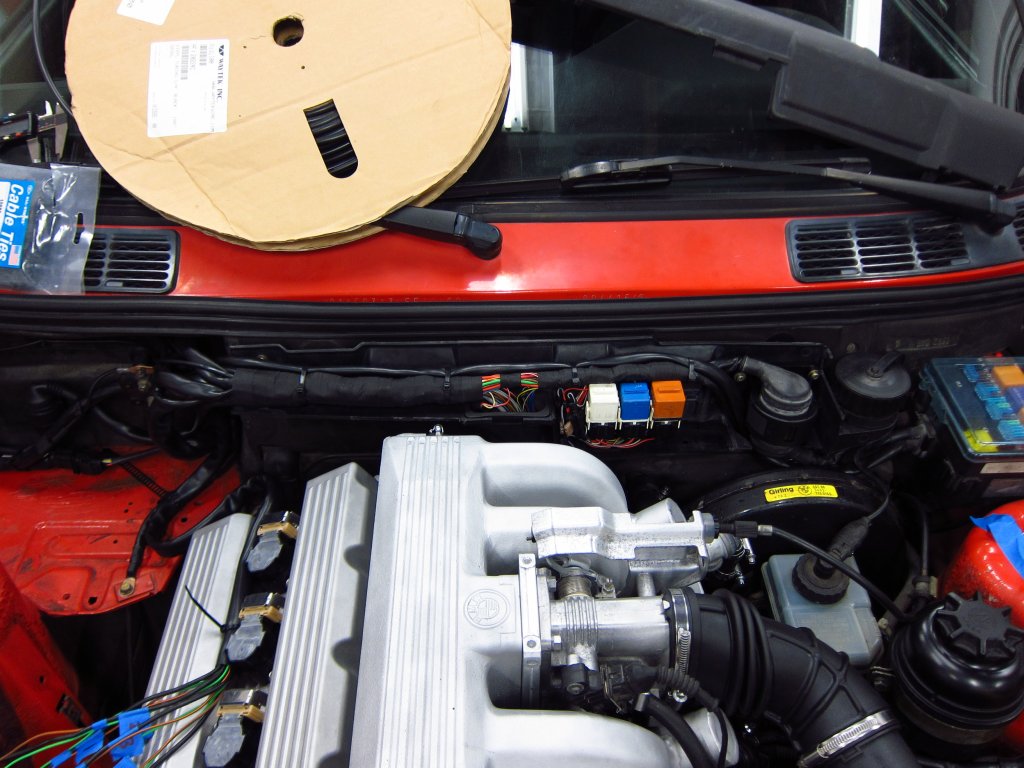

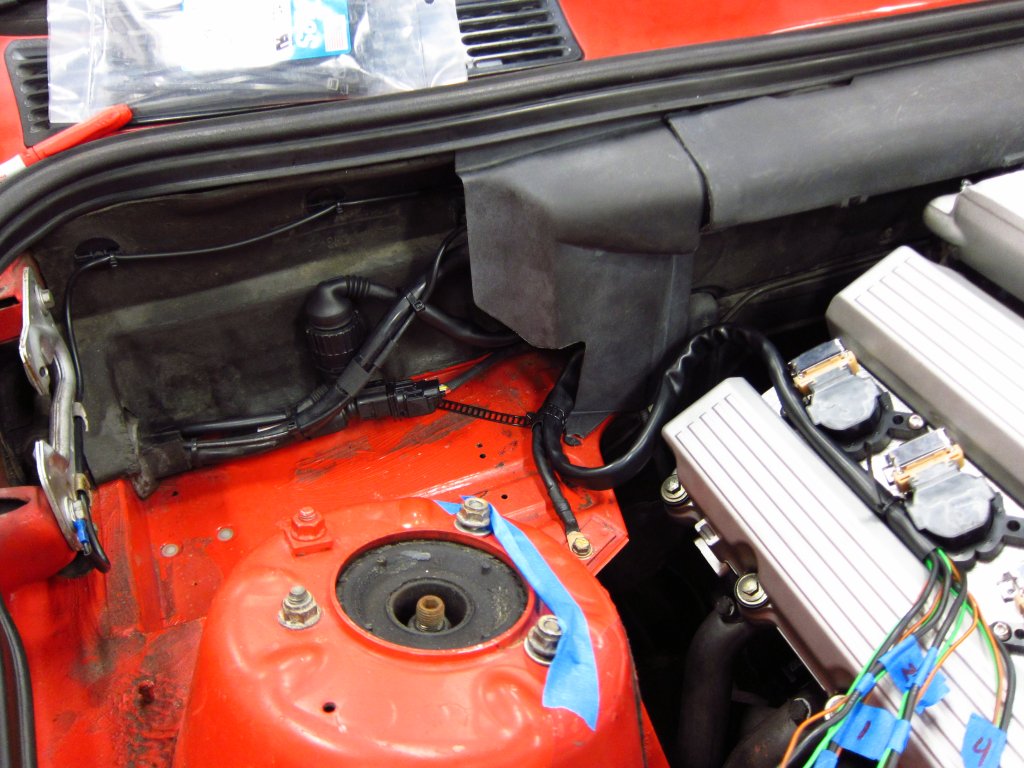
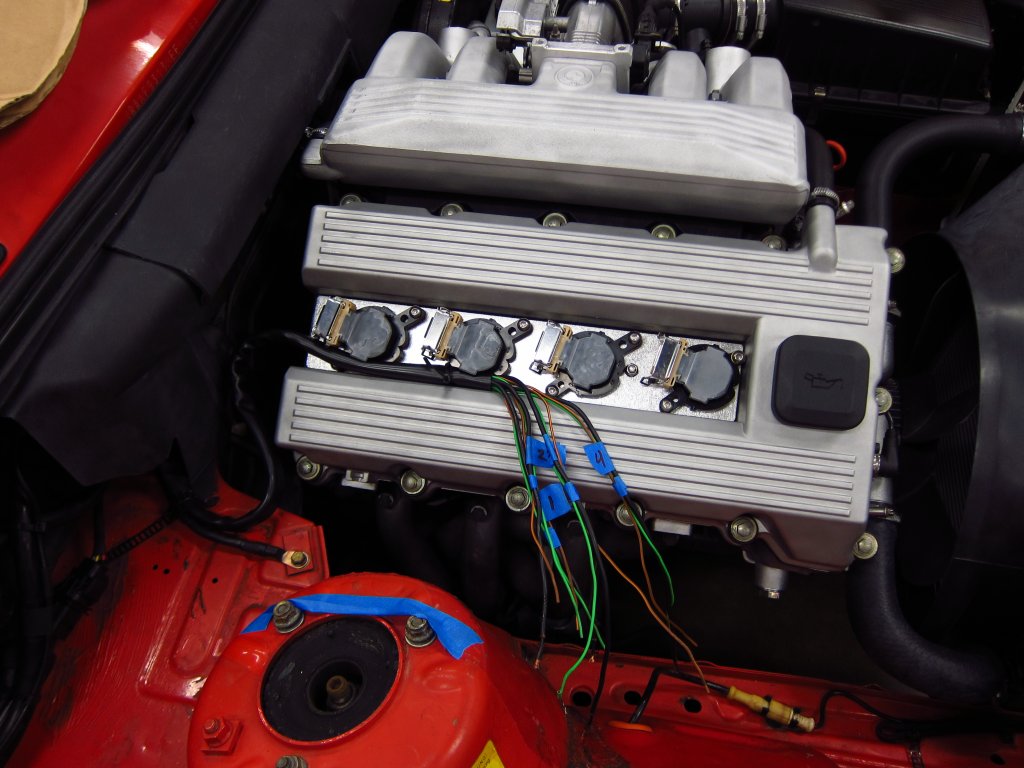
OK, I will try not to type another giant paragraph about wiring. As much of a pain as it is, it is sort of fun if you are doing it right.
Once things were roughed into place, I cut the leads and sheath pieces I would need. From there it was just a matter of crimping the terminals on and putting the connectors together. As another FYI point, the rubber boots for these connectors are a real pain in the ass to get onto the 0.25” sheathing. It is the same diameter as the original sheaths, but the boots are either not intended for use on that size, or they are supposed to be REALLY snug. Getting them onto the sheath was a bitch…be warned!
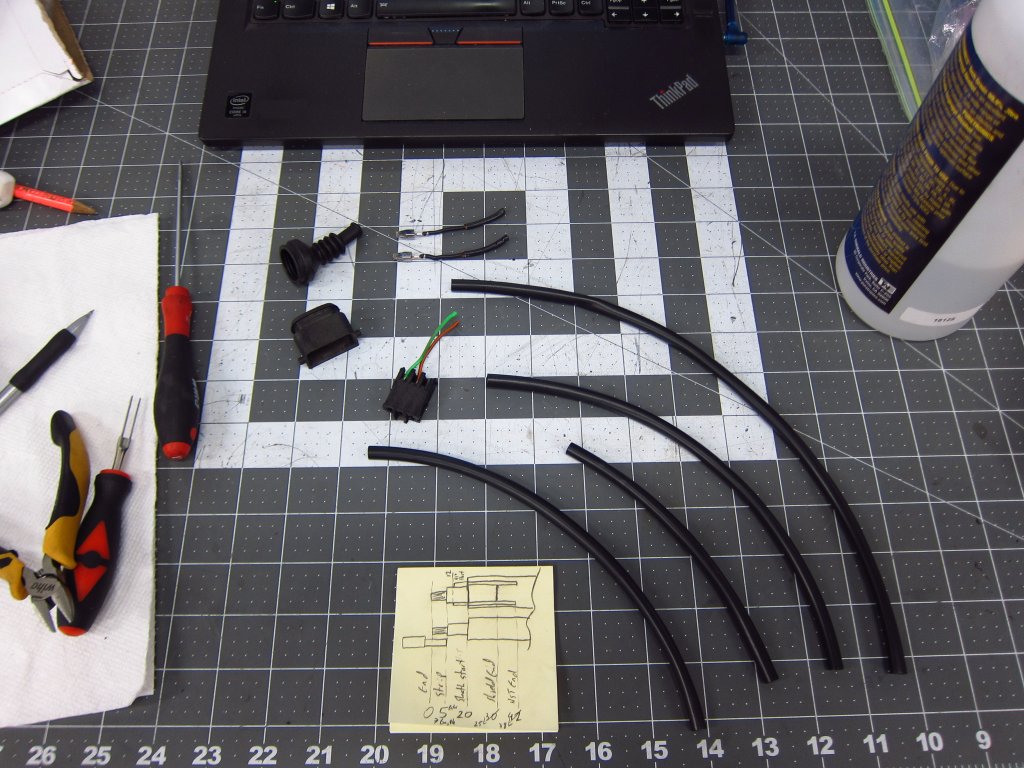

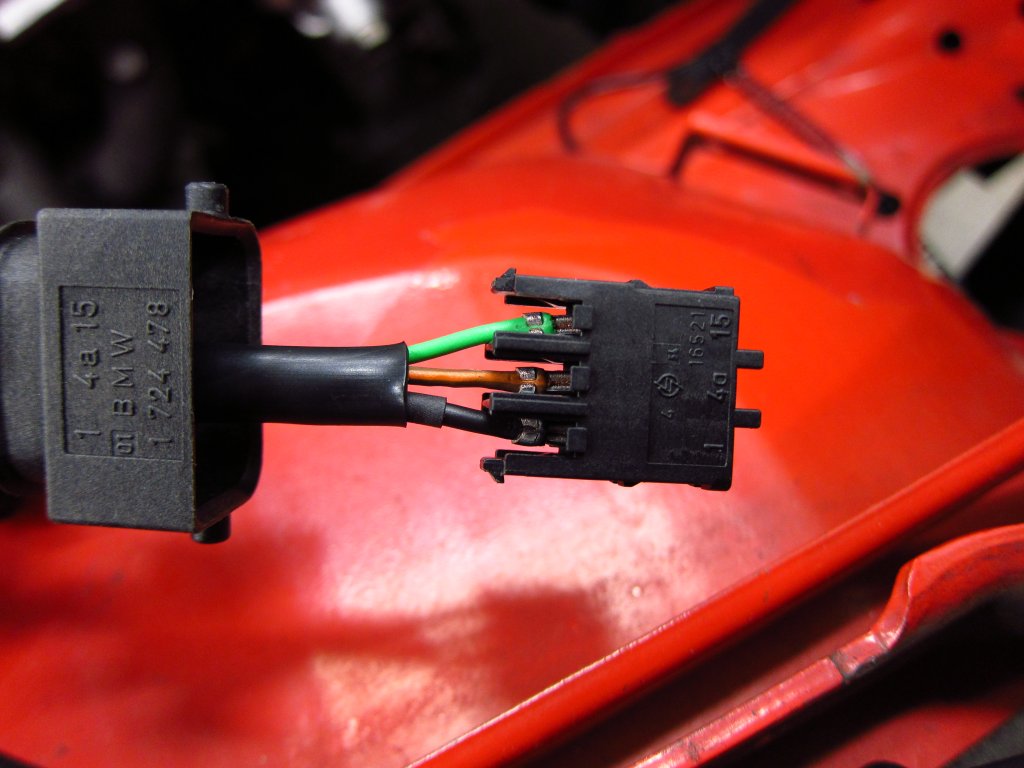
Here it all is laying in place before I actually finished it up.

And here is the final setup. I am pretty pleased with the little service loop that connects the chassis to the engine. Compared to how I trimmed and routed stuff on the old harness back in 2006 when I invented the COP conversion (fun fact!), this is immensely better. Considering that shitty wiring job lasted 14 years with no broken wires or pierced insulation, this should outlive me.
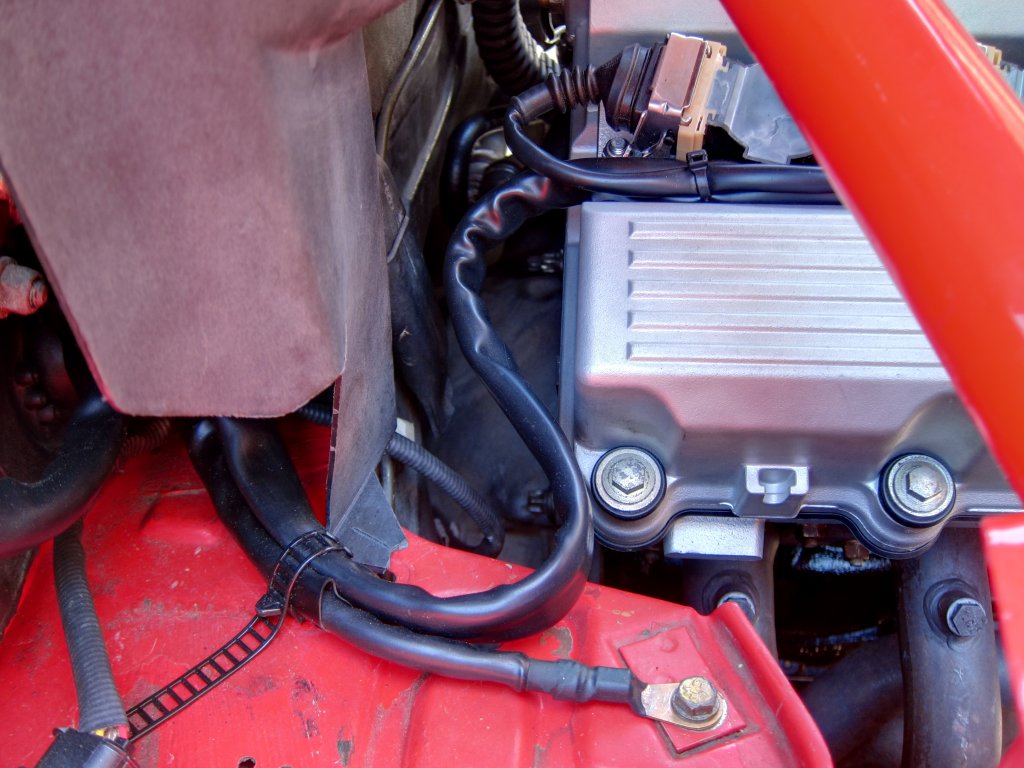
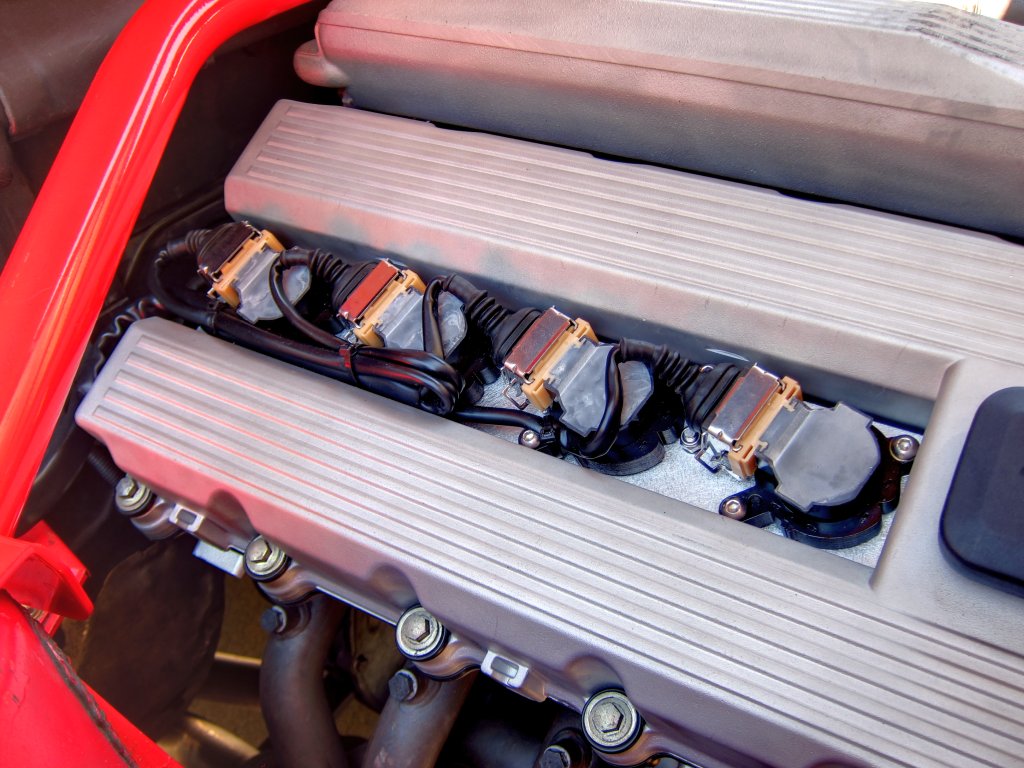
And so, here it all is today. I have ~160 miles on the engine and have been driving the dog shit out of it. Damn it is fun, and despite being able to feel the car’s age, it is a hell of a lot more fun than most newer cars. All drivetrain and suspension stuff is effectively new, but it’s still based on 40 year old automotive design, so the way it handles and reacts feels a little dated. BUT, it is a go-kart compared to heavy newer sports cars, and despite being slower it has a feel that you don’t get anymore. I had mostly forgotten how much I enjoy driving this thing over the last 7 months of waiting and toiling!
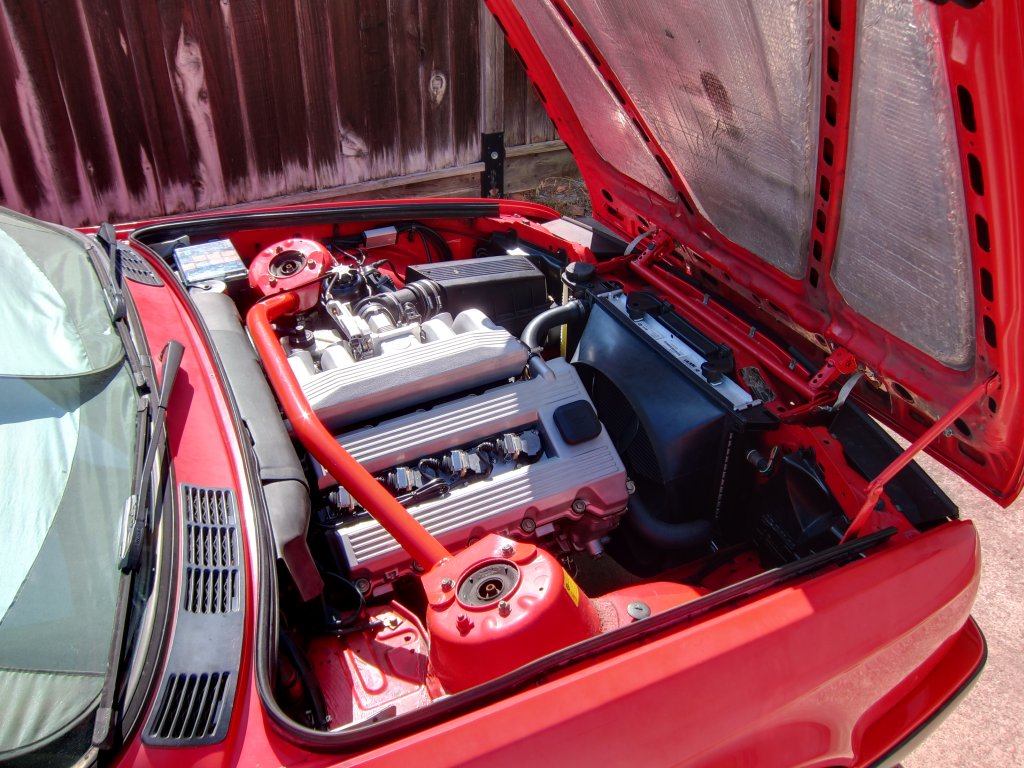

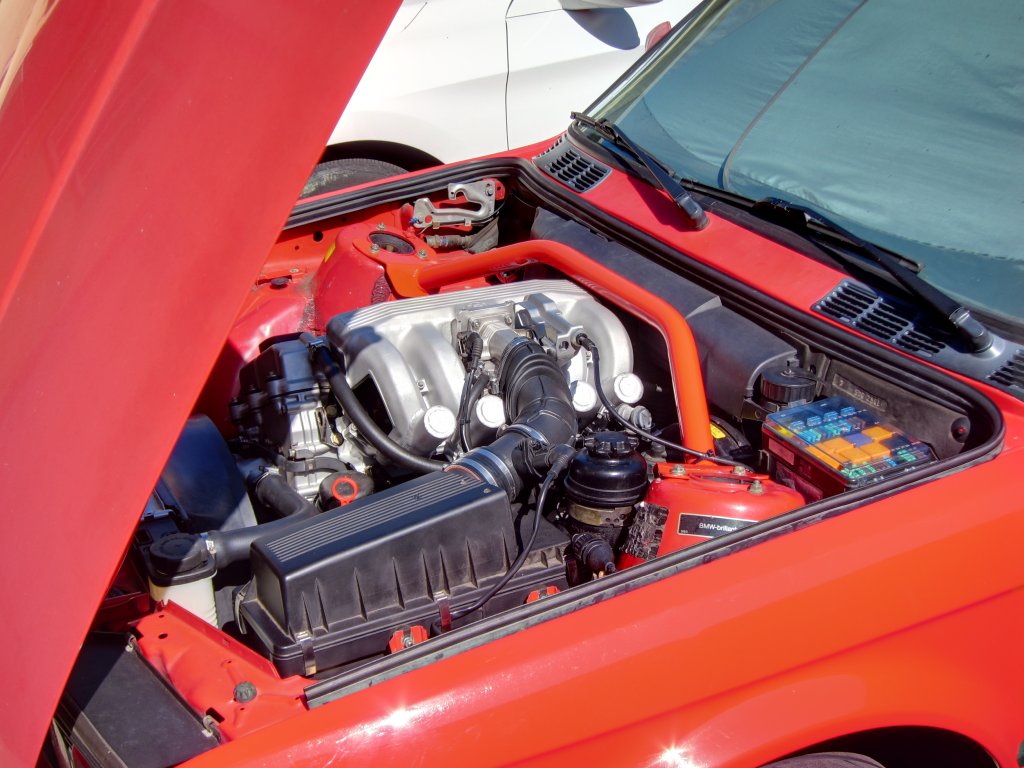
Other random crap….
As you all have seen, I was chasing down gremlins as I tried to get it to run. Since roguetoaster sold me an ICV that was in cleaner shape than my old one, I decided to dissect the one I took out. I’ve never seen one opened up, probably because you have to totally destroy it to get it apart. The outer housing is staked in like 10 places (both the end, and on the sides) and one part is pressed in. Ultimately it is just a simple little electric motor. The design is sort of unique, and clearly not intended for high torque, but it works well enough. The single coil that makes up the stator interacts with the magnetized center cylinder and funky-shaped upper section that serves as a rotor of sorts. The I assume that the shape of the ferrous top is what allows it to interact with the symmetric magnetic field from the coil (I wouldn’t expect it to generate motion at first glance, were it not for the wedge shapes at the top which you can sort of see in the next pic).

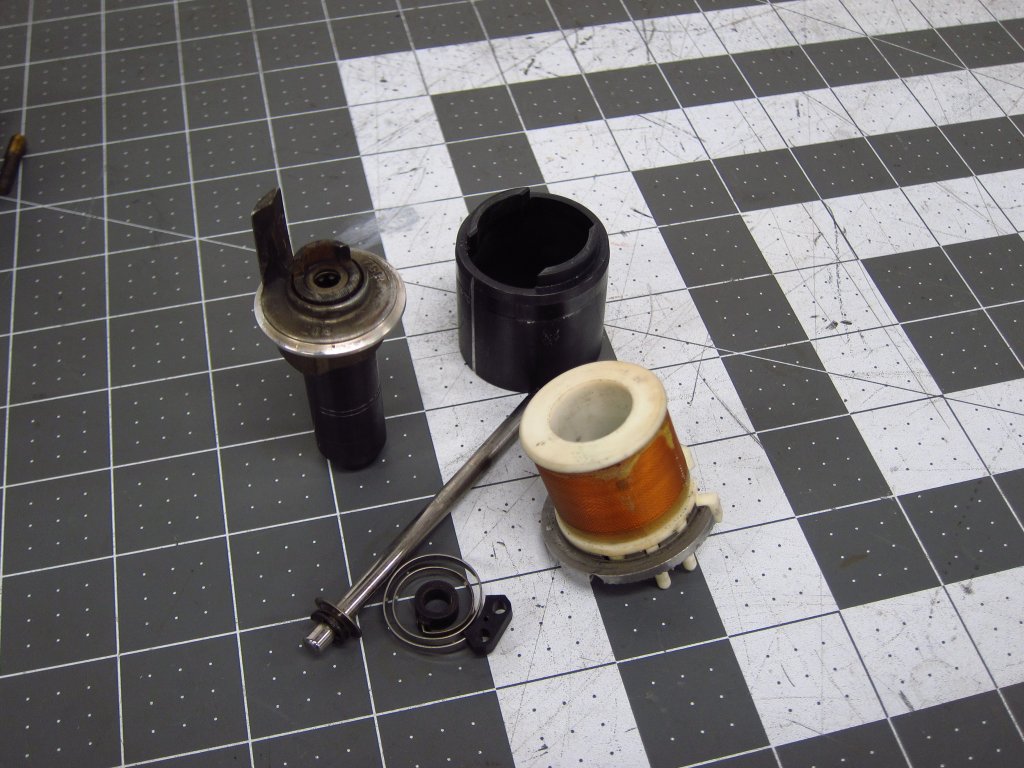
This set screw (which is epoxied into place) sets the end stop for when the thing is not energized. It leaves the ICV open an amount that corresponds to the engine’s air needs at the designed idle speed, hence why unplugging it usually leaves the car idling reasonably well.
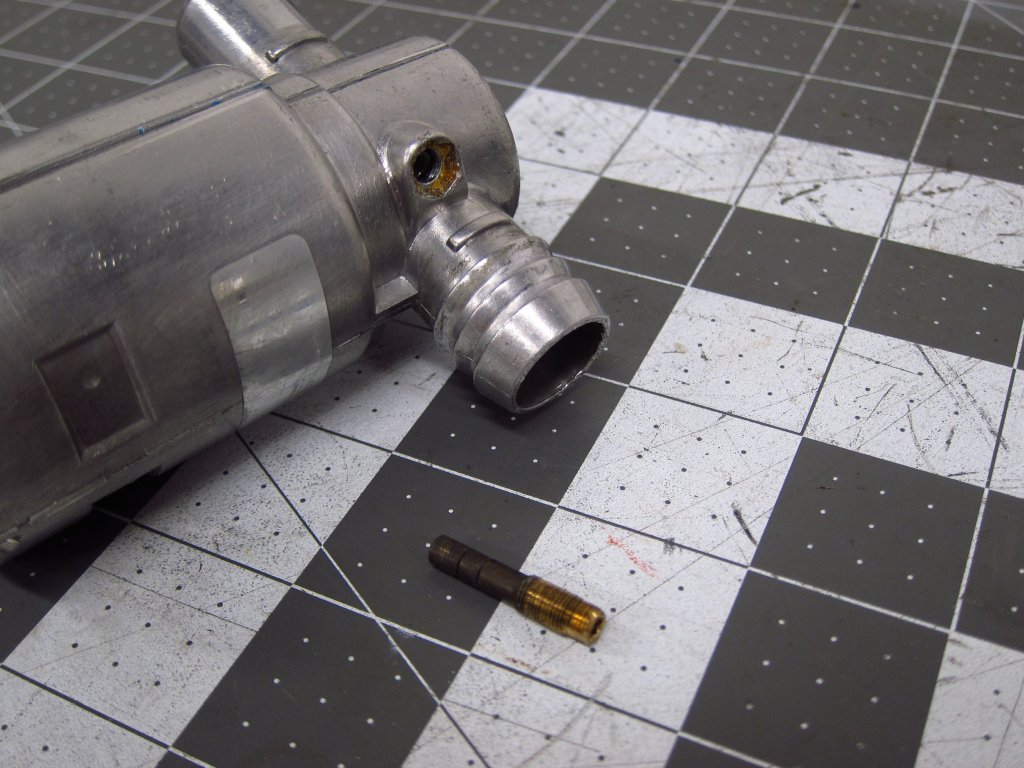
This little flag is the thing you see moving through the hose barb. The ECU sends a 100Hz PWM signal to the ICV, and this little door flaps open and closed at that rate. Varying the on/off time in that 100Hz signal is how the “average” opening amount is created by the ECU to control idle (Motronic also uses enrichment and ignition timing to control idle speed and stability).

Back when my fuel injectors were stuck shut, I tried to free them with a programmable power supply (you can program voltages and on/off times to make a pulsed output). I also had some spare wire harnesses that were cannibalized to rebuild the one in the car, so I took more parts from them and made my own little debug connectors for the injectors (and some other stuff just in case).

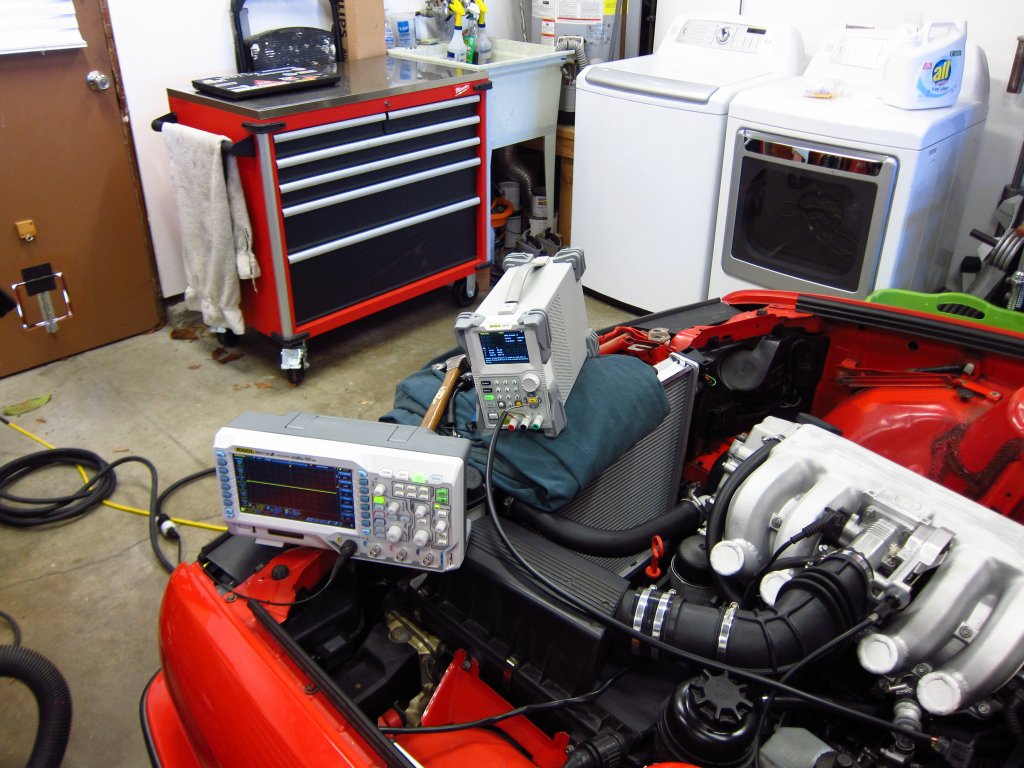
Phew…there it all is. Things are mostly wrapped up now, and I will make new threads for the other non-rebuild stuff I came across in this project. I’m going to cross section one of my old ignition coils for fun, and probably take apart the old MAF sensor element. Mostly I need to remember to make a DIY for how to improve the HQ Autosport COP bracket kit, and try to get measurements of the wiring dimensions. Granted, many of the measurements are useless unless you totally rebuild your harness since the stock ignition coil wire routing won’t leave you enough length to do it my way.
Thanks a lot to everyone for all of the input, encouragement and discussion over the many months since this all started! The E30 community is probably the #1 reason why I still have this stupid car lol.
Leave a comment:

Leave a comment: